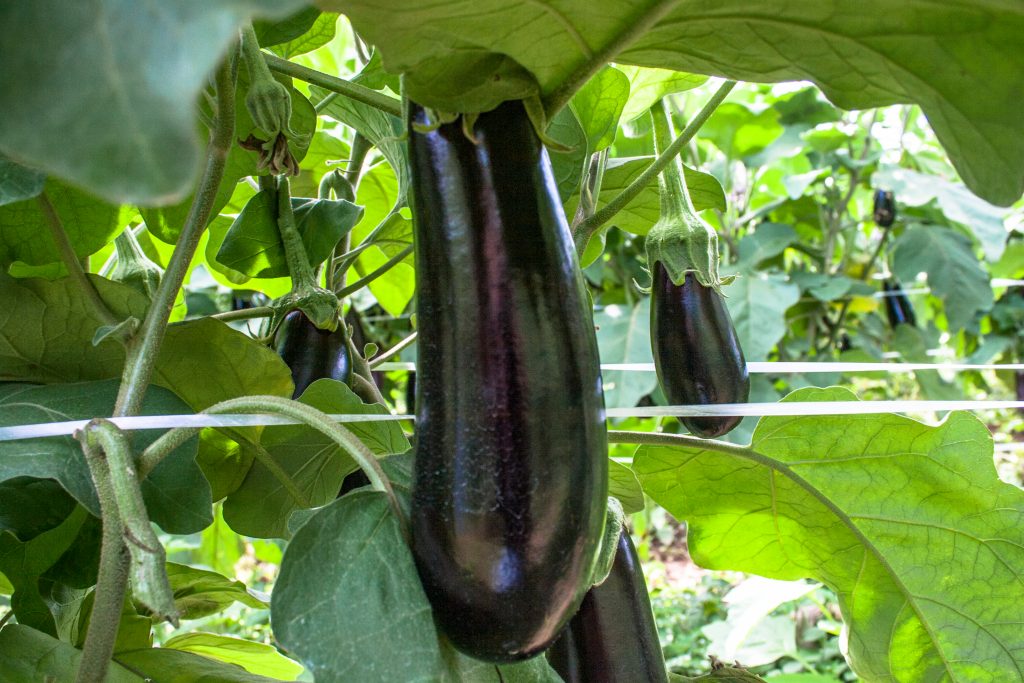By Andre Luiz Biscaia Ribeiro da Silva/UGA CAES News

Most vegetable crops in Georgia — such as bell pepper, specialty peppers, tomato, eggplant, cucumber, yellow squash, and zucchini — are currently being planted and will continue to be into early April. These crops should be harvested in May and June. However, in light of the current coronavirus (COVID-19) situation, Georgia growers, who rely on seasonal workers, need to plan ahead to be prepared for the harvest.
The indefinite closure of U.S. consulates and borders may cause a delay in the processing of agricultural workers’ visas (H-2A) or prevent them from entering the U.S.
According to the Bureau of Consular Affairs, the number of agricultural workers entering the country on H-2A visas has increased dramatically since 2000. In 2019, 204,801 of all U.S. agricultural workers were workers on H-2A visas, and a significant portion of those workers help to keep the Georgia vegetable industry viable. In 2018, Georgia’s vegetable industry generated $1.13 billion in farm gate value and 13,900 jobs (Wolfe and Stubbs, 2018).
As of March 26, there is an authorization to grant interview waivers for H-2 applicants whose visa expired within the last 48 hours, who have not previously received an H-2 visa or whose visa expired more than 48 months ago. This will speed the process for growers to get labor, however, planning ahead is still vital for timely harvest of spring crops.
Estimating the number of workers required to harvest the planted acreage is the first step to ensure vegetables and fruits are out of the field in a timely manner. Furthermore, it is important to highlight that harvested products must be packed before reaching the consumer. Labor in the packing line is also a key point in this process.
Overall, farms have different activities and crop management practices and, consequently, labor requirements vary widely. Producers should identify activities and periods of intense labor demand in their operations and try to stagger these periods, rather than coinciding labor peak needs.
For more information, see UGA CAES Newswire.









